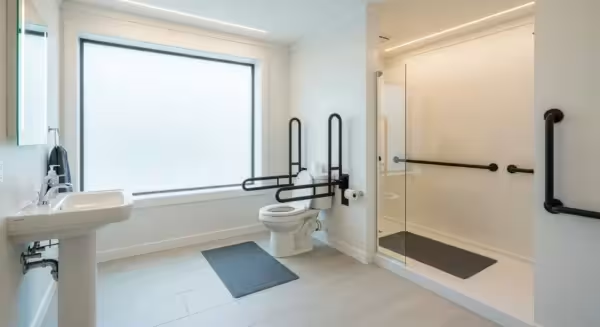
Actionable Strategies and Money-Saving Tips
Now, let’s build your retirement budget spreadsheet. You do not need to be a technology expert. If you have a computer, you can use free programs like Google Sheets or pre-installed software like Microsoft Excel. If you prefer, you can even draw the same columns in a notebook. The tool is less important than the process.
Step 1: Choose Your Tool and Set Up Your Columns
Open a new spreadsheet. At the top, you will want to create several columns. A simple, effective layout includes:
- Column A: Category (e.g., Social Security, Rent, Groceries)
- Column B: Budgeted Amount (What you plan to receive or spend)
- Column C: Actual Amount (What you actually receive or spend)
- Column D: Difference (The difference between Budgeted and Actual)
This structure allows you to not only plan but also track your progress and see where you might be over or under spending.
Step 2: List Your Monthly Income
In the first section of your spreadsheet, list every source of income. Use the columns you just created. It might look something like this:
INCOME
- Category: Social Security
- Budgeted: $1,800
- Actual: $1,800
- Difference: $0
- Category: Pension
- Budgeted: $700
- Actual: $700
- Difference: $0
- Category: IRA Withdrawal
- Budgeted: $500
- Actual: $500
- Difference: $0
At the bottom of this section, create a “Total Income” row. Here, you will add up the “Budgeted” and “Actual” columns. In our example, your Total Budgeted Income is $3,000.
Step 3: List Your Monthly Expenses
This is the most time-consuming part, but it is also the most insightful. Gather your bank statements, credit card bills, and receipts from the past two to three months to get an accurate picture of your spending habits. Create two sub-sections: Fixed Expenses and Variable Expenses.
FIXED EXPENSES
List all your predictable costs. For example:
- Category: Rent/Mortgage
- Budgeted: $1,200
- Category: Medicare Part B Premium
- Budgeted: $174.70
- Category: Car Insurance
- Budgeted: $80
- Category: Phone/Internet
- Budgeted: $100
VARIABLE EXPENSES
Now, list the expenses that change. Be honest with yourself. Look at your past statements to create a realistic budget amount.
- Category: Groceries
- Budgeted: $450
- Category: Transportation (Gas)
- Budgeted: $120
- Category: Prescriptions & Co-pays
- Budgeted: $150
- Category: Entertainment
- Budgeted: $100
Continue this for all your expense categories. At the end of the month, you will fill in the “Actual” column for each item. Create a “Total Expenses” row at the bottom and add up the “Budgeted” and “Actual” columns.
Step 4: Calculate Your Net Cash Flow
This is the moment of truth. Create a final section at the bottom of your spreadsheet called “Net Cash Flow” or “Surplus/Deficit.” The calculation is simple:
Total Income – Total Expenses = Net Cash Flow
Let’s continue our example. Your Total Budgeted Income is $3,000. Let’s say your Total Budgeted Expenses add up to $2,875.
$3,000 (Income) – $2,875 (Expenses) = +$125 (Surplus)
This is a great result! It means your plan has you spending less than you earn.
However, what if your expenses were $3,100?
$3,000 (Income) – $3,100 (Expenses) = -$100 (Deficit)
This tells you that your current spending habits are not sustainable, and you need to make adjustments.
Step 5: Analyze and Adjust
Your budget spreadsheet is a living document. At the end of each month, fill in the “Actual” column for every line item and calculate the “Difference.”
If you have a surplus: Congratulations! This is an opportunity. You can assign this extra money a job. You could put it into an emergency savings account, use it for a planned future expense like a vacation, or invest it. Giving every dollar a purpose is a key principle of smart money management.
If you have a deficit: Do not panic. This is why you created the budget—to identify problems before they become crises. Look at your “Variable Expenses” section. Where did you overspend? Was it a one-time unexpected expense, like a car repair, or a pattern of overspending in an area like dining out? Identify areas where you can cut back. Could you cook at home more often, find a cheaper cable plan, or look for free community entertainment options? Making small, consistent changes can quickly turn a deficit into a surplus.
Using money tools like this spreadsheet gives you the data you need to make smart, strategic decisions instead of guessing.















